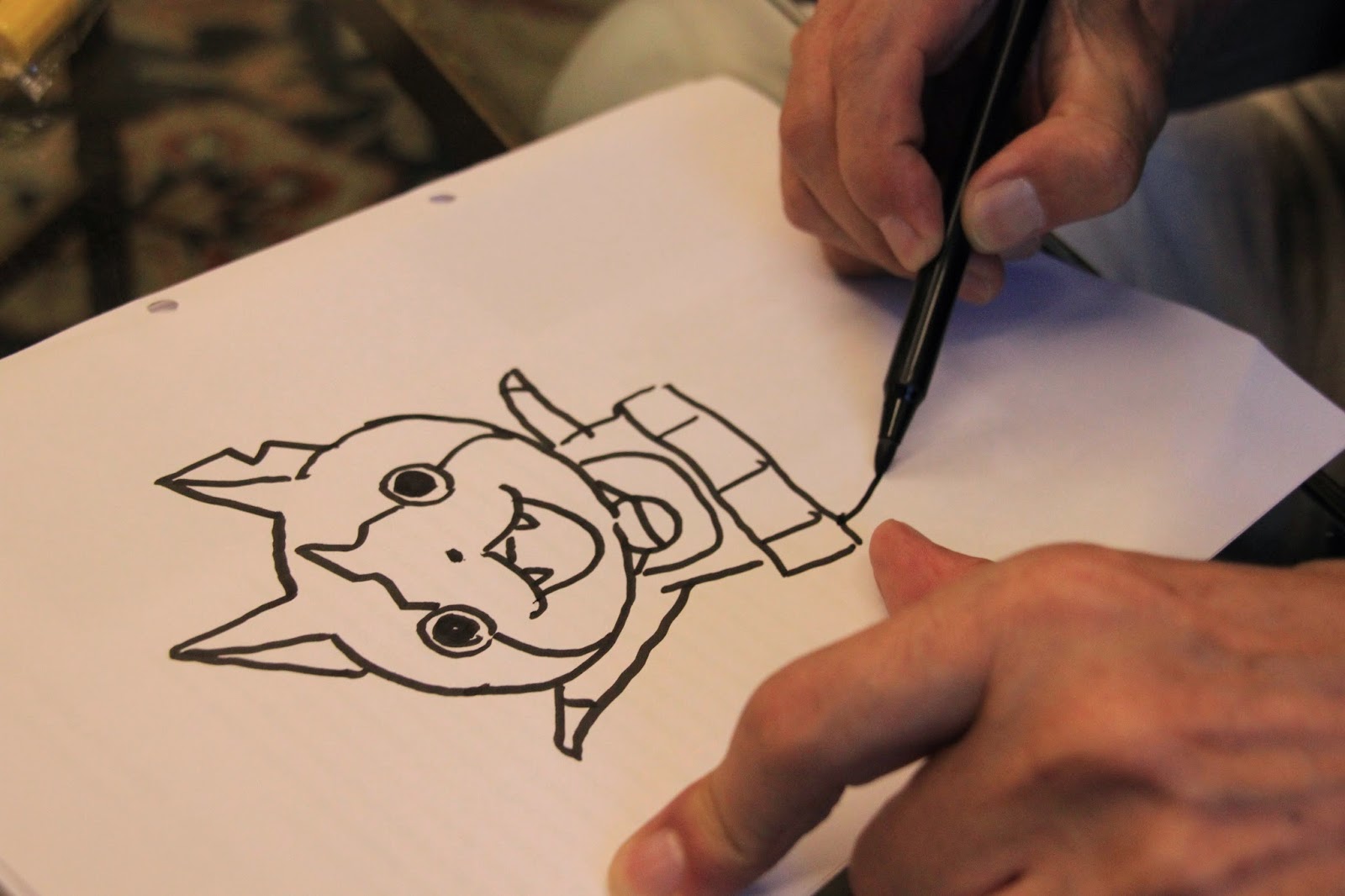Anime-ated In Kingston
"The characters that we draw do not have any nationality. They are a work of unlimited imagination," professed Masami Suda, one of Japan's most prolific and famous animators and character designers. This, according to Suda, is a conscientious move away from the stereotype that everything from the east has to have an Oriental tinge to it.
Suda is revered as sensei (teacher, master) of those colourful creations of the virtual world which have spread worldwide. In Japan, he said, these illustrated characters live beyond television screens and book leaves.
"Anime and manga (loosely defined as animations and comic books) are an important part of Japanese life," the sensei said. "They live in the bloodstream of the people." Almost 40 per cent of magazines and books sold in Japan are manga, which have a market worth of over 448 billion yen (US$4.3 billion approximately).
On a recent visit to Jamaica, Suda said he was impressed by the creative thought processes of the local artists and the potential of Jamaican animation, which can grow in leaps and bounds.
 |
| Anime are not just cute, but some characters are voluptuous too |
"It takes consistency of thought process and moving away from the conventional notions to make a mark," Suda said. He added, taking a cue from the Japanese experience, that a strong and consistent storyline and characters which are not only visibly pleasing but resonate inner beauty and strength always find recognition.
EMOTIONAL ATTACHMENT
The reinforcement of positive messages through anime and manga can be attributed as one of the critical elements which account for their continued popularity in Japan. "There has to be an emotional attachment with the characters," he said. "The audience should be able to relate to them."
Manga is embedded in Japan's DNA. Dresses and shirts to even scrubs and wash dishes are decorated with a manga character. Even lunches packed for children are artistically arranged, using vegetables and fruits with the faces of manga characters.
"Mothers would take a lot of effort to make their children's lunch box pretty," said Mieko Araki, cultural officer at the Embassy of Japan in Jamaica.
Suda has worked on many famous animation projects, among them Dragon Ball, Gatchaman and Fist of the North Star. His recent work, Yo-kai Watch, is a mysterious and off-the-wall fantasy story which revolves around Yo-kai, spirits only visible to the main character who uses a special watch to summon them. It is a hit among children in Japan.
According to Suda, the diversity of the characters beyond their traditional media, from comics to games and transitioning to memorabilia - including toys, lunch boxes, snacks and apparel - appeals to a wide cross section of persons.
 |
| 'Sensei' Masami Suda |
Suda, despite the popularity of his works, is grounded and humble. For him, each line, sketch and character is Zen in its metaphysical form.
"My work has entertained three generations, from grandparents to their grandchildren," he said. "And my biggest satisfaction is seeing people smile and the happiness on the faces."




Comments
Post a Comment